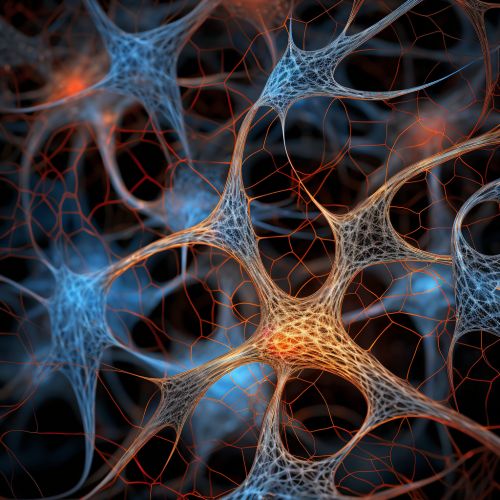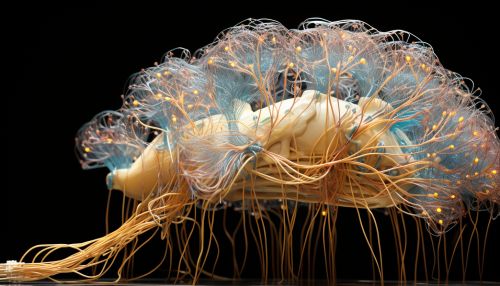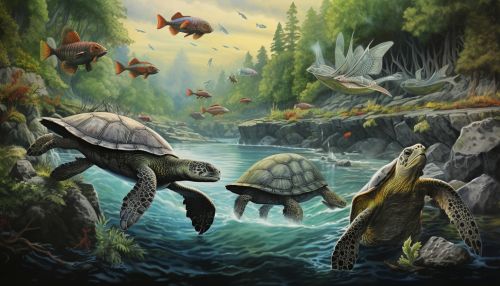The Biological Mechanisms of Animal Instincts
Introduction
Animal instincts are innate behaviors that are exhibited by various species in response to specific stimuli. These behaviors are not learned but are genetically programmed to ensure the survival and reproduction of the species. The biological mechanisms that underlie these instincts are complex and involve numerous physiological and neurological processes.
Genetic Basis of Animal Instincts
The genetic basis of animal instincts is rooted in the concept of natural selection, which posits that traits that enhance survival and reproduction are more likely to be passed on to subsequent generations. Over time, these advantageous traits become ingrained in the genetic makeup of the species, leading to the development of instinctual behaviors.
For example, the instinct of a mother to protect her offspring is a trait that has been selected for because it increases the likelihood of her genes being passed on to the next generation. This behavior is not learned, but is instead a product of genetic programming.
Neurological Mechanisms
The neurological mechanisms of animal instincts are primarily governed by the central nervous system (CNS), which includes the brain and spinal cord. The CNS coordinates the body's response to various stimuli, leading to the execution of instinctual behaviors.


For instance, the instinctual behavior of a gazelle to flee from a predator is triggered by sensory input (sight or sound of the predator) that is processed by the brain. This results in a rapid response, coordinated by the CNS, which activates the muscles required for the gazelle to run away.
Hormonal Influence on Instincts
Hormones also play a crucial role in the regulation of animal instincts. These chemical messengers are produced by various glands in the body and are transported by the bloodstream to target cells, where they exert their effects.
For example, the fight or flight response, which is an instinctual reaction to a perceived threat, is mediated by the hormones adrenaline and cortisol. These hormones prepare the body for action by increasing heart rate, blood pressure, and glucose levels, among other physiological changes.
Evolution of Animal Instincts
The evolution of animal instincts is a fascinating area of study that explores how these innate behaviors have changed over time in response to environmental pressures. This field of research provides valuable insights into the adaptive significance of animal instincts and their role in the survival of species.
For instance, the instinct of birds to migrate in response to seasonal changes is thought to have evolved as a strategy to optimize access to food resources and breeding sites. This behavior, which is triggered by changes in day length and temperature, is a remarkable example of how instincts can promote survival and reproduction in changing environments.


Conclusion
In conclusion, the biological mechanisms of animal instincts are complex and multifaceted, involving genetic, neurological, and hormonal components. These instincts, which are crucial for the survival and reproduction of species, have evolved over time in response to environmental pressures. Understanding these mechanisms not only enhances our knowledge of animal behavior, but also provides insights into the evolutionary processes that shape the natural world.
